What does one do with a mountain of drawings that accumulate over years?
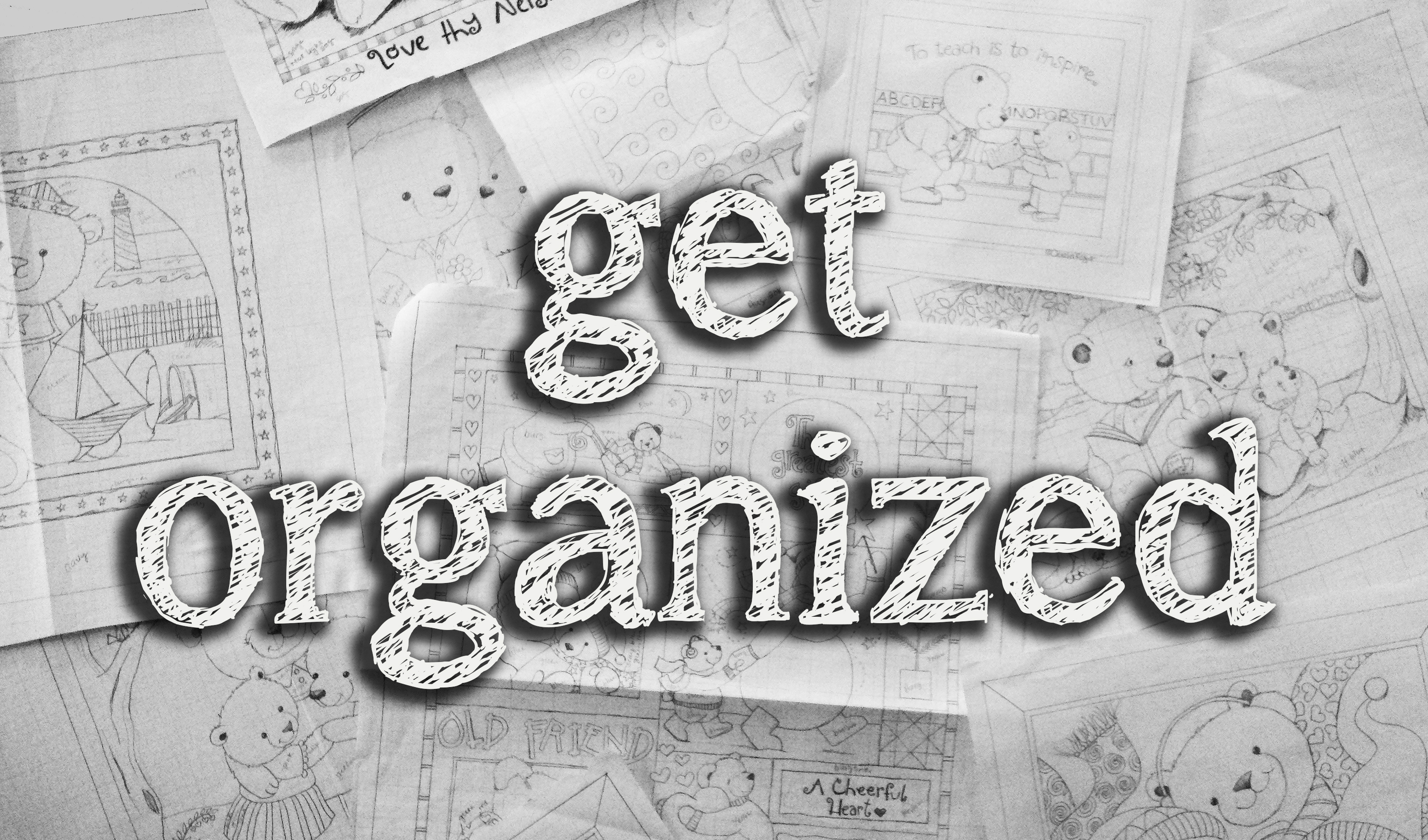
I have a simple storage solution that will help.
For the past 15 years of licensing my art, I have created hundreds of drawings. My sketchbooks hold all my thumbnail sketches and doodles which I also save, date and store in a cupboard…. but once a thumbnail sketch comes to life as a full-size drawing, there is another method of storage that can be critical to your business.
It may help you if I explain my creative process. I first create thumbnails, little 3×4 rough sketches. I then decide how large the original painting needs to be which is largely determined by who I am painting it for, a calendar, greeting card, etc. I then enlarge the thumbnail sketch to the size I want using my photocopier. Then I take graph paper and trace the image using my light box. This is where I fine tune the drawing by adding more detail, squaring up the sides, adding a border, etc. Once I am satisfied with the drawing, I trace it onto watercolor paper and I’m ready to paint!
In my earlier article "How to Organize Your Artwork" I offered tips for storage of your original artwork but storing your drawings should be done differently.
I use large office envelopes from Uline and label them according to subject matter, for example, Christmas, Christmas Country Bears, Snowmen, Baby, Angels, Northwoods, Floral, Country Bears Calendar, etc. Then file them alphabetically by subject in clear totes with lids. (just make sure you order envelopes that will fit inside the totes you have)
This storage solution has been very helpful throughout my career. Why, you ask? Let’s say, for example, a licensee loves your snowmen and asks you to paint a sampler-style painting using several snowmen. Go to your "Snowmen" envelope and lay out all your drawings on a table and create a sampler using existing art. Maybe you created a successful Floral/Gardening fabric line and you get a request from a licensee to mock up a table top program featuring plates, mugs, bowls and various serving pieces. Pull the drawings from your "Floral/Gardening" envelope to give you inspiration. Especially when the art has already proven to be successful.
Here’s another great tip. After you have accumulated many drawings, you can re-purpose and revitalize some of the older images. For instance, my gift bag licensee needed new art quickly to show one of his clients in an upcoming meeting. Since I was under a time constraint, I went to my storage of drawings and pulled out my "Christmas" envelope. I decided to re-purpose "Top Hat", which was created for my Country Bears calendar. I switched out the bears for snowmen, changed the color palette, added new wording and, voila, I had a new image for my gift bag licensee! Just be sure you make enough changes to the original piece that it takes on an entirely new look.
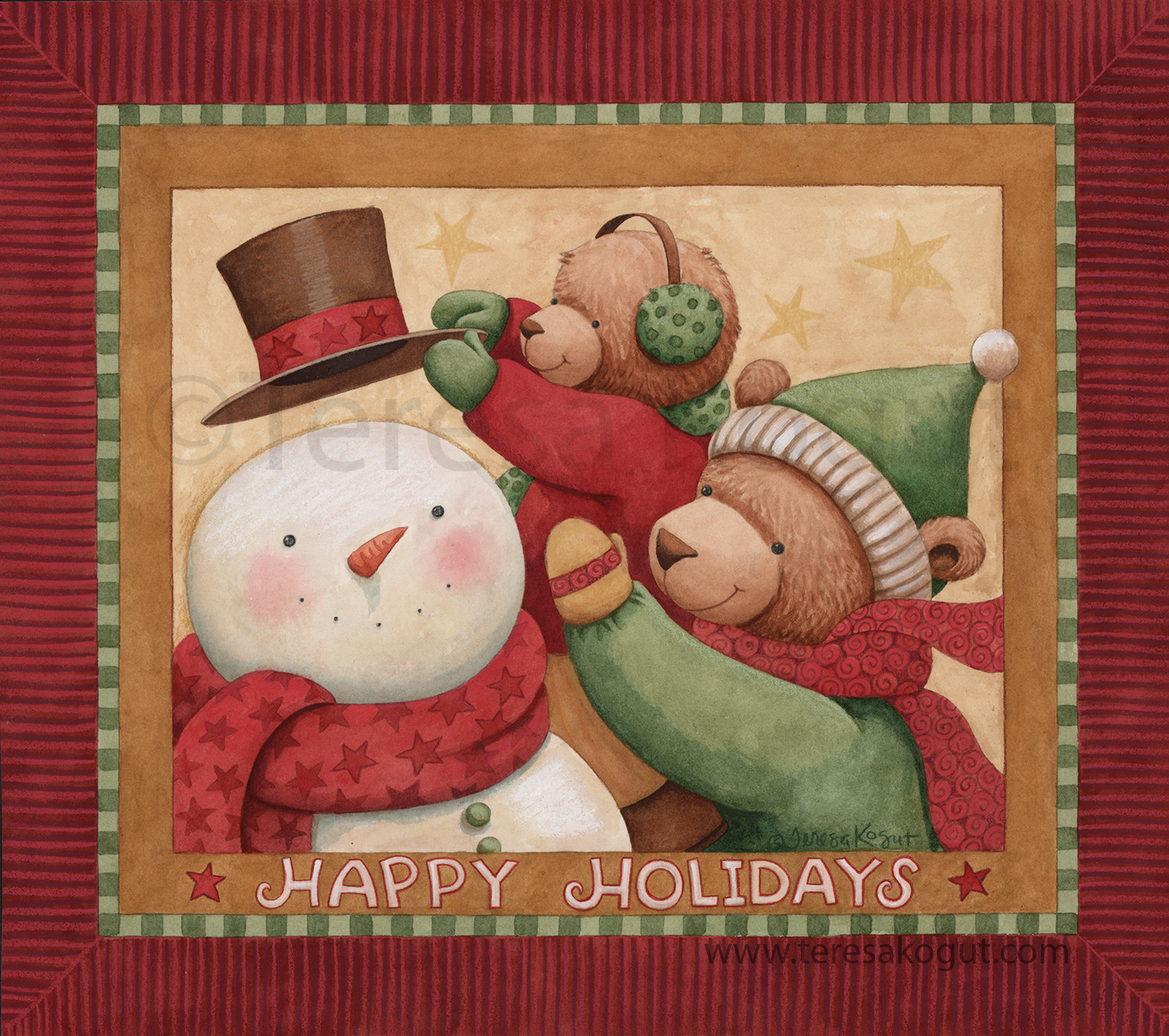
"Top Hat" created for Country Bears Wall calendar
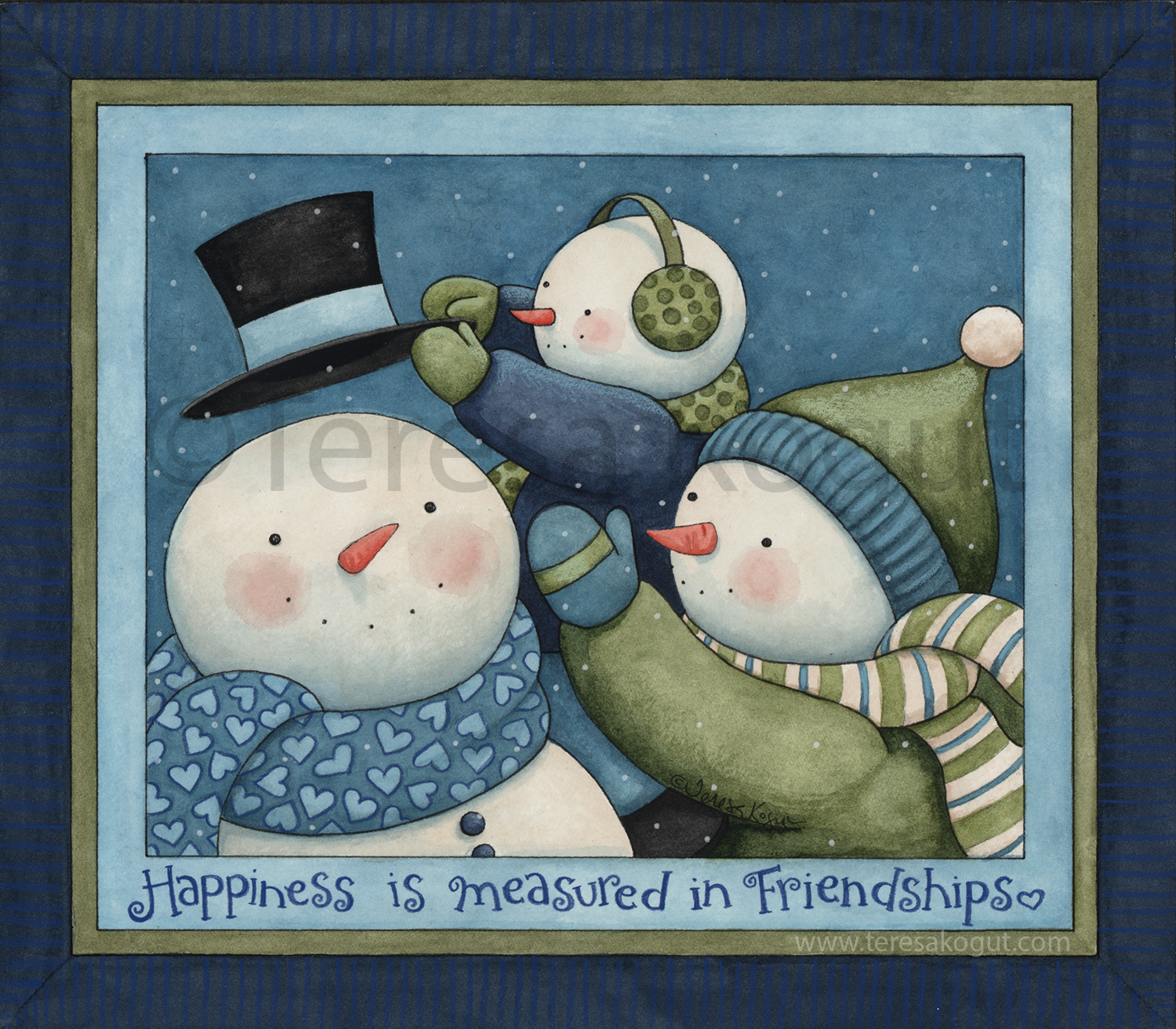
"Happiness" was re-purposed from "Top Hat" for gift bags
You don’t have to re-invent the wheel every time you paint. However, I wouldn’t do this so often that all your art starts looking all too familiar. It is best to wait until you have a substantial library of drawings and pull something you created two or three years ago. Which reminds me of another important tip, write the date on all your drawings! By doing this, you will know how long ago you created an image and if it is time to refresh, revitalize and repurpose it.
Set aside time every day to sketch….this is the most important rule in the licensing industry. Fresh ideas are inspired and will come through sketching, however, from time to time there’s certainly nothing wrong with giving past work new life. Work smarter, not harder is a great model for anyone in business!

Give me your feedback, please. Let me know if this tip was helpful to you. Comment below!

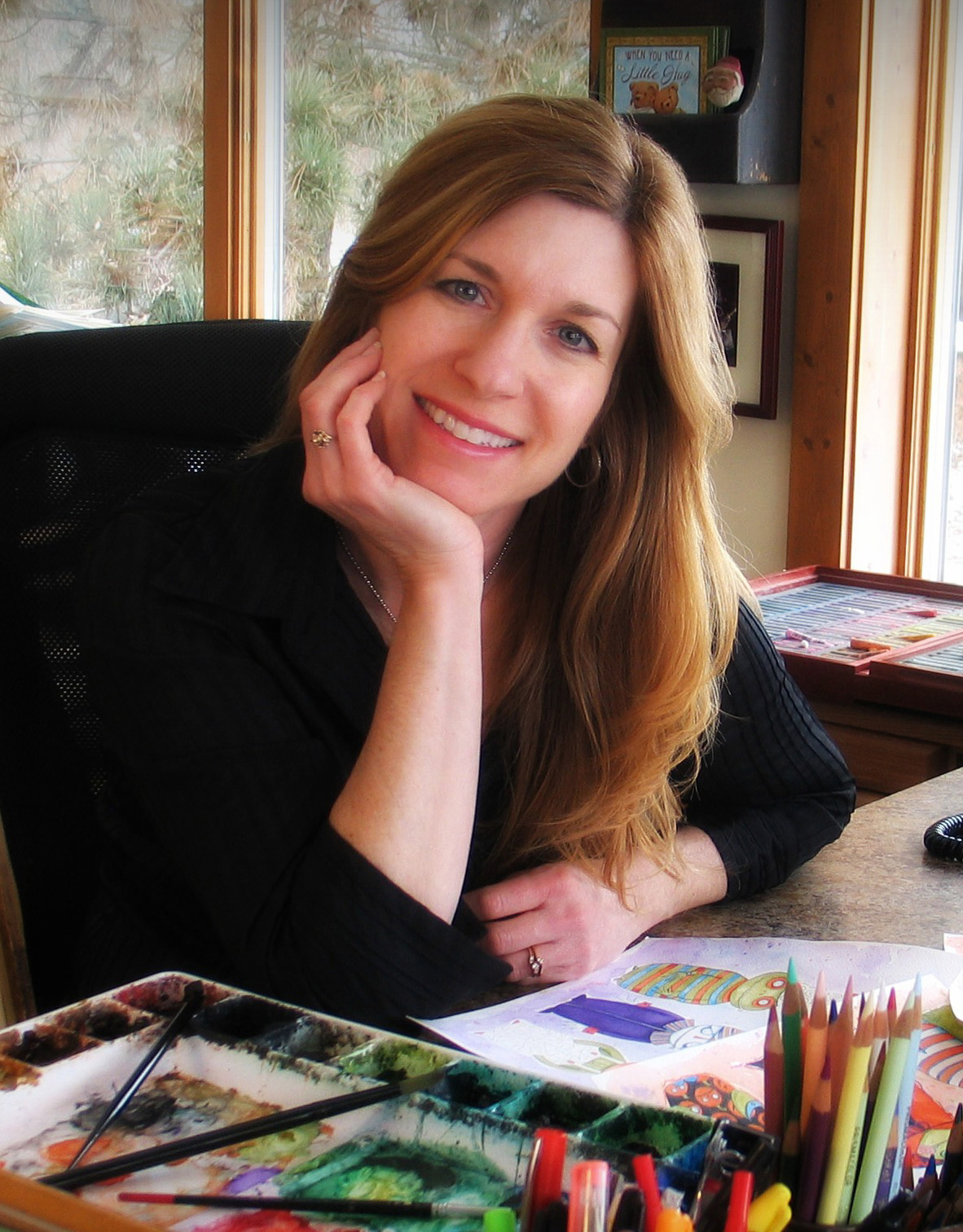
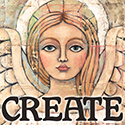
{ 0 comments… add one now }